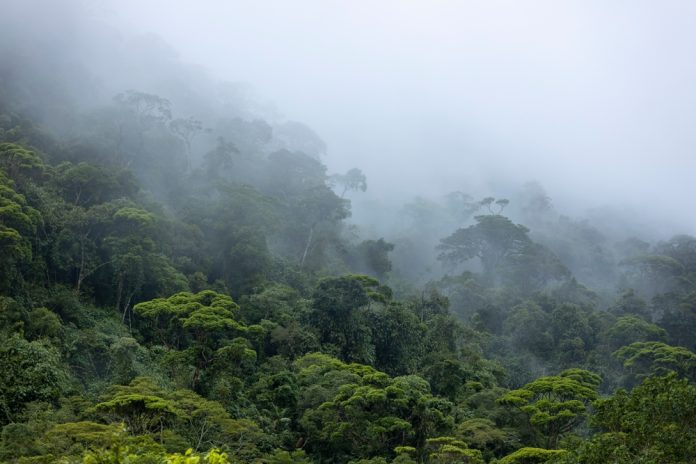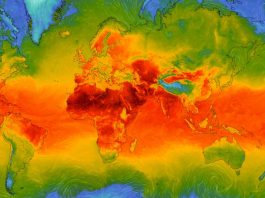A new study has provided fresh insights into the formation of cloud condensation nuclei in the Amazon rainforest, revealing the pivotal role of rainfall in stimulating nanoparticle bursts.
These findings offer valuable information on the relationship between rainforest ecosystems and global climate, challenging previous assumptions about particle movement and cloud formation.
The critical role of cloud condensation nuclei
Cloud condensation nuclei are tiny airborne particles essential for cloud and precipitation formation. In a humid environment like the Amazon, these nuclei allow water vapour to condense into droplets, initiating cloud development.
Without these particles, the process of cloud formation would be significantly impeded.
Understanding the origins and mechanisms behind cloud condensation nuclei generation is crucial for accurately modelling weather and climate patterns.
Amazon rainfall and nanoparticle formation
An international team of researchers from Germany, Brazil, Sweden, and China analysed extensive data from the Amazon Tall Tower Observatory (ATTO), a high-tech facility located deep in the Amazon basin, approximately 150 kilometres from Manaus, Brazil.
This observatory, equipped with 325-metre-high towers, collects comprehensive measurements of aerosols, gases, and meteorological conditions, providing critical insights into the atmospheric dynamics of this unique ecosystem.
The researchers observed that during the Amazon’s wet season, rainfall stimulates bursts of nanoparticles within the forest.
These particles, which eventually grow into cloud condensation nuclei, are formed when rain removes airborne particles while simultaneously introducing ozone into the forest canopy.
This ozone then oxidises plant-emitted volatile organic compounds (VOCs), such as terpenes. The oxidation process produces nanoparticles, leading to temporary surges of nuclei -precursor particles in the rainforest air.
Nanoparticle concentrations and upward movement
The study found that the highest nanoparticle concentrations occur just above the forest canopy, gradually decreasing with altitude.
This vertical gradient suggests an upward flux of newly formed particles, which continuously rise from the canopy into the atmosphere. As these nanoparticles travel upward, they accumulate additional organic molecules, enabling them to mature into cloud condensation nuclei.
This mechanism of upward particle movement differs from previous models, which assumed a downward flux of particles from the upper atmosphere.
Instead, the Amazon’s unique dynamics appear to support a continual upward movement of cloud condensation nuclei-forming particles, fundamentally altering our understanding of aerosol behaviour in rainforest environments.
Implications for climate models and rainforest health
The discovery that Amazonian rainfall directly induces nanoparticle formation suggests a new paradigm in understanding rainforest-atmosphere interactions.
This study highlights the importance of cloud condensation nuclei in linking the rainforest ecosystem with regional and global climate patterns.
The formation of cloud condensation nuclei in response to rainforest rainfall implies a feedback loop in which the rainforest actively contributes to cloud and precipitation dynamics, which in turn affects climate regulation and biodiversity.
As these insights deepen, they underscore the need for accurate climate models that consider the Amazon rainforest’s role in global climate systems.





